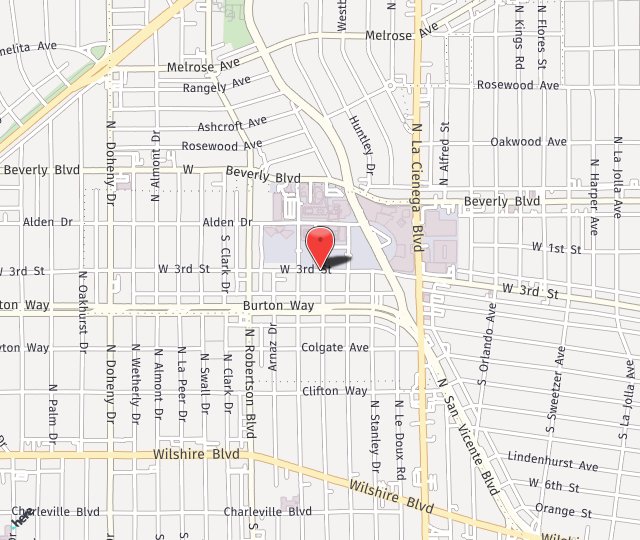Chronic Pain

What is Chronic Pain?
Chronic pain is pain that is ongoing and that lasts longer than 6 months in duration.
What are the symptoms of Chronic Pain?
The symptoms of chronic pain depend on the type of tissue injured. Patients with chronic nerve pain typically report a burning, electrical, or tingling type of pain in the affected area. For those who have undergone amputation, they may report phantom limb pain. Symptoms are often worse during nighttime and may awaken the patient in the morning. This is in comparison to muscular pain that is often accompanied by muscle spasms, tightness, and achiness.
What causes Chronic Nerve Pain?
Chronic nerve pain is caused by nerve damage. This may occur from tight anatomic structures, after surgery or trauma, or from radiation, tumor, or a virus. Depending on the situation, the nerve can be injured by compression, stretch, rupture, avulsion, or direct damage. In entrapment injuries and some stretch-type injuries, the nerve can become compressed beneath tight anatomic structures such as fascia, muscle, or blood vessels. In these situations, the nerve remains in continuity but is its outer lining can be damaged by the pressure caused by these tight structures. In rupture-type injuries, the nerve completely snaps and leaves two free ends that are no longer talking to each other. In avulsion-type injuries the nerve is directly pulled off its electrical source in the spinal cord. In direct damage, the nerve is injured by radiation or tumor or by a virus.
How is Chronic Nerve Pain diagnosed?
Chronic nerve pain can generally be diagnosed by the history of symptoms and physical exam. When the source of the pain is nerve damage, patients will report tenderness, electrical sensation, or tingling when tapping at known nerve sites. Improvement after injection with a numbing medicine and/or steroid further supports nerve damage as the source for the chronic pain.
What are the treatments for Chronic Nerve Pain?
Treatment of chronic nerve pain begins with medical management by a pain specialist. Patients are typically started on multiple medications targeting different aspects of their pain. Non-steroidal anti-inflammatory drugs, such as Naproxen or Ibuprofen, can also help reduce inflammation. Nerve-specific medications, such as Neurontin or Lyrica, can directly work on the injured nerve and lessen the electrical, burning, or tingling-like sensations. When oral medications fail to control the nerve pain, a pain specialist may perform a nerve block to turn off the pain signals that the injured nerve is sending back to the spinal cord. This is sometimes referred to as a stellate ganglion block.
If these measures fail to eliminate chronic nerve pain, and there is an identifiable zone of nerve injury, surgery is sometimes recommended. Depending on the type of injury, the damaged nerve can be treated with either nerve decompression, nerve grafting, or targeted muscle reinnervation. For chronic pain due to nerve compression, treatment includes a nerve decompression to provide enough space around the nerve. In situations of extensive damage to a critical nerve, nerve grafting is performed to remove the scar within the nerve and bridge it with nerve graft. Finally, for chronic nerve pain due to damage of a non-critical nerve, targeted muscle reinnervation is recommended. This type of surgery is especially helpful for patients experiencing phantom limb pain. In this type of surgery the injured nerve is redirected to a local muscle so that the nerve is sending electrical signals to the muscle rather than back to the spinal cord. By doing so, the injured nerve is effectively tricked into talking with the muscle rather than signaling pain back to the spinal cord and brain.
What happens after surgery for Chronic Nerve Pain?
Nerve decompression generally takes less than one-hour per surgical site and can be performed under general or wide awake local anesthesia. Nerve graft as well as targeted muscle reinnervation surgery can last several hours and are both performed under general anesthesia. After surgery, the surgical area is wrapped in a soft dressing. After nerve decompression, patients are discharged home the same day on Tylenol, Motrin, and sometimes on a short course of narcotics. Light activity is encouraged when comfortable for the patient. One week after surgery, patients may take off their bandages and get the incision wet. Six weeks after surgery, patients may resume full activity. After nerve grafting or targeted muscle reinnervation, patients may only need an overnight hospital stay and are discharged to home the following morning on Tylenol, Motrin, and a short course of narcotics. Three weeks after surgery, patients may take off their bulky dressing. Twelve weeks after surgery, patients may resume full activity. Depending on the duration, intensity, and mechanism of damage for the nerve pain, relief may be immediate or can be more gradual and over the course of many months.

